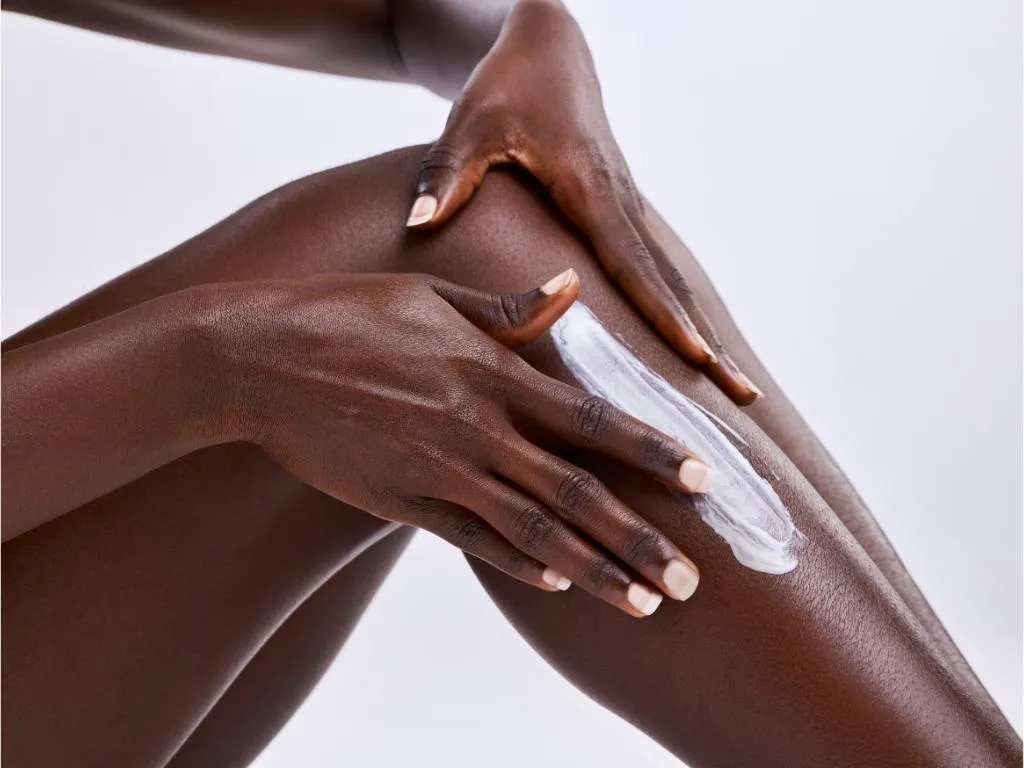

On 12 September 2023, five East African countries (Burundi, Kenya, Rwanda, Tanzania, and Uganda) notified the World Trade Organisation (WTO) of a Draft East African Standard for alkaline thioglycollic based hair removers. The Draft is open for comments for 60 days from the date of notification.
Scope of the Standard
The Draft East African Standard specifies the various sampling and test methods for alkaline thioglycolic based hair removers. The product can also be referred to as chemical depilatory. Hair removers of the epilator type and those containing metallic sulphides or of stannite composition are not covered by the Standard.
Requirements for alkaline thioglycolic based hair removers
Alkaline thioglycolic based hair removers must comply with all requirements in the East African Standard for Cosmetics and cosmetic products (EAS 337). Moreover, these products must fulfil some additional requirements:
It should convert human hair into a soft plastic mass which can be easily removed from the skin by rinsing or wiping.
It should be non-toxic and non-irritating to the skin even after prolonged contact with the skin.
It must not stick to cloths and be stain free.
Furthermore, the alkaline thioglycollic based hair removers must comply with the specific requirements given in the table below when tested with the specified test methods.
|
S/No. |
Characteristic |
Requirement |
Test method |
|
i. |
pH neat |
11.0- 12.7 |
EAS 847-17 |
|
ii. |
Calcium thioglycollate, calculated as |
2.5- 5.0 |
Annex A |
|
iii. |
Thermal stability |
To pass the test |
EAS 847-18 |
|
iv. |
Free alkali |
To pass test |
Annex B |
The alkaline thioglycollic based hair removers must not contain heavy metals beyond the limits listed in the following table. The total combined amount of these metals must not be excess of 10 mg/kg in final formulation.
|
S/No |
Metal |
Maximum limit (mg/kg) |
|
i. |
Lead |
10 |
|
ii. |
Arsenic |
2 |
|
iii. |
Mercury |
2 |
In addition to this the hair remover products must comply with the specific microbiological limits listed in the table below when tested according to the specified test methods.
|
S/No. |
Micro-organism |
Limit, |
Test method |
|
i |
Total viable count for aerobic |
100 |
ISO 21149 |
|
ii |
Pseudomonas aeruginosa |
Not detected in 1 g of cosmetic |
ISO 22717 |
|
iii |
Staphylococcus aureus |
|
ISO 22718 |
|
iv |
Candida albicans |
|
ISO 18416 |
|
v |
Escherichia coli |
Not detected in 1 g of cosmetic |
ISO 21150 |
Packing and labelling requirements for hair remover products
The final formulation must be packed in sealed containers from which the product cannot leaked out and that do not react with the product.
Before entering the market the product must be labelled as required in the East African Standard for Labelling of Cosmetics (EAS 346). In addition each package must be marked with the following:
Product name as “Alkaline thioglycollic based hair remover” or ”Hair remover X” where “X” denotes the form/presentation of the product.
Contact time permitted for the product to completely remove hair from the body
Instruction for use including the following:
never use the product beyond the time as specified on the package by the manufacturer.
never use the product on inflamed or broken skin or near the eyes. Should this occur, rinse with running water If symptoms persist, seek medical advice.
if used for the first time, carry out the following patch test: Use a little hair remover over 5 cm2 of skin on the inner elbow. If 24 h later the skin is normal, the material may be safely used.
With proper cautions such as:
Contains thioglycolate.
Follow the instructions
Keep out of reach of children
Reference documents
The following documents are referred to in the Standard.
EAS 346, Labelling of cosmetics — General requirements
EAS 377 (all parts), Cosmetics and cosmetic products
EAS 846, Glossary of terms relating to the cosmetic industry
EAS 847-16, Cosmetics — Analytical methods — Part 16: Determination of lead, mercury and arsenic content
EAS 847-17, Cosmetics — Analytical methods — Part 17: Determination of pH
EAS 847-18, Cosmetics — Analytical methods — Part 18: Determination of thermal stability
ISO 18416, Cosmetics — Microbiology — Detection of Candida albicans
ISO 21149, Cosmetics — Microbiology — Enumeration and detection of aerobic mesophilic bacteria
ISO 21150, Cosmetics — Microbiology — Detection of Escherichia coli
ISO 22717, Cosmetics — Microbiology — Detection of Pseudomonas aeruginosa
ISO 22718, Cosmetics — Microbiology — Detection of Staphylococcus aureus
ISO 24153, Random sampling and randomization procedures
The full text of the Draft East African Standard can be found here.
